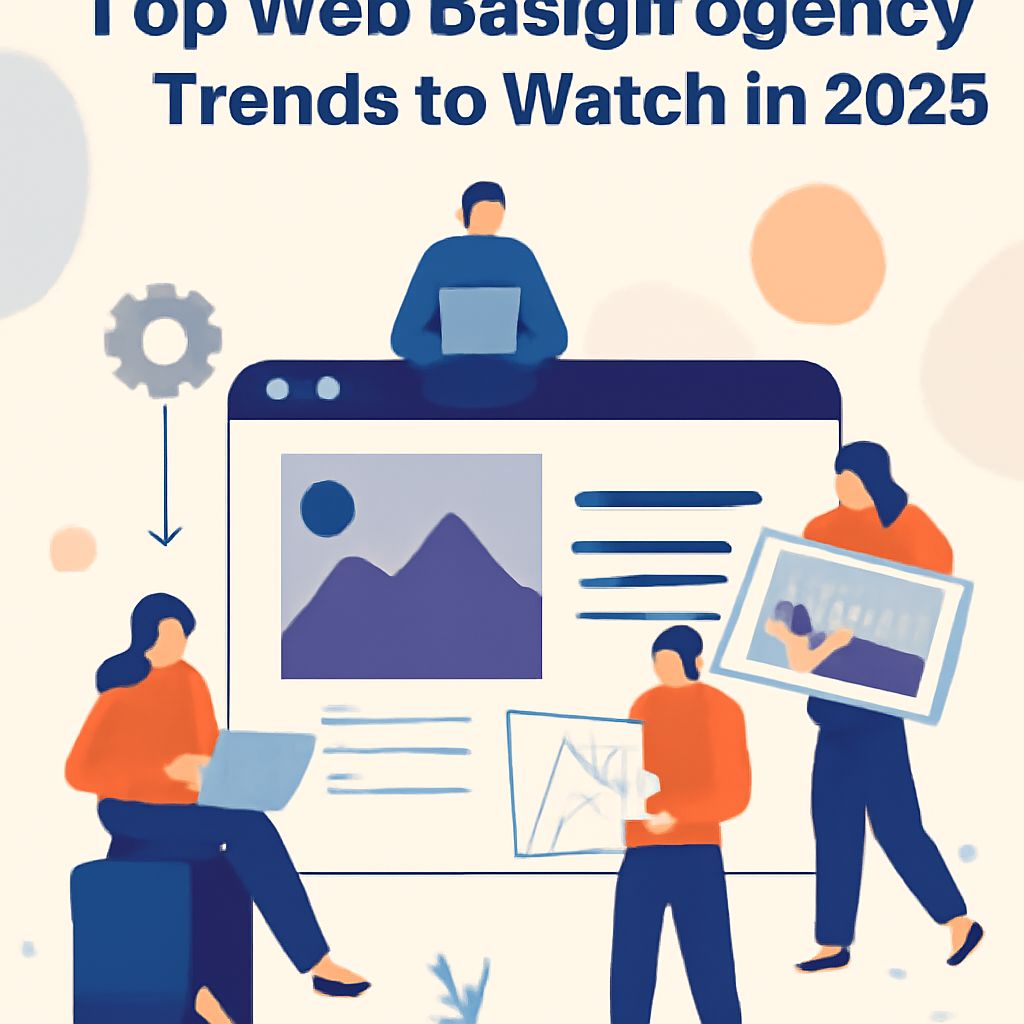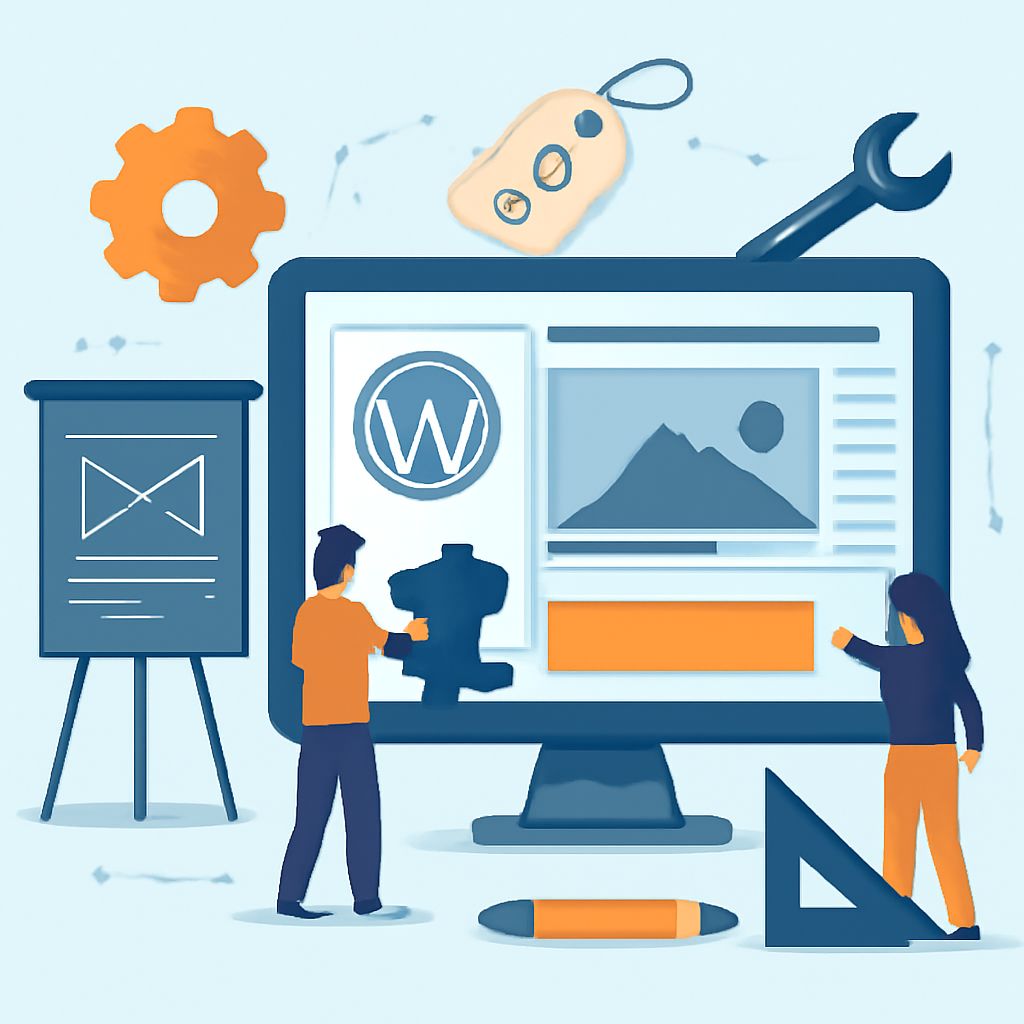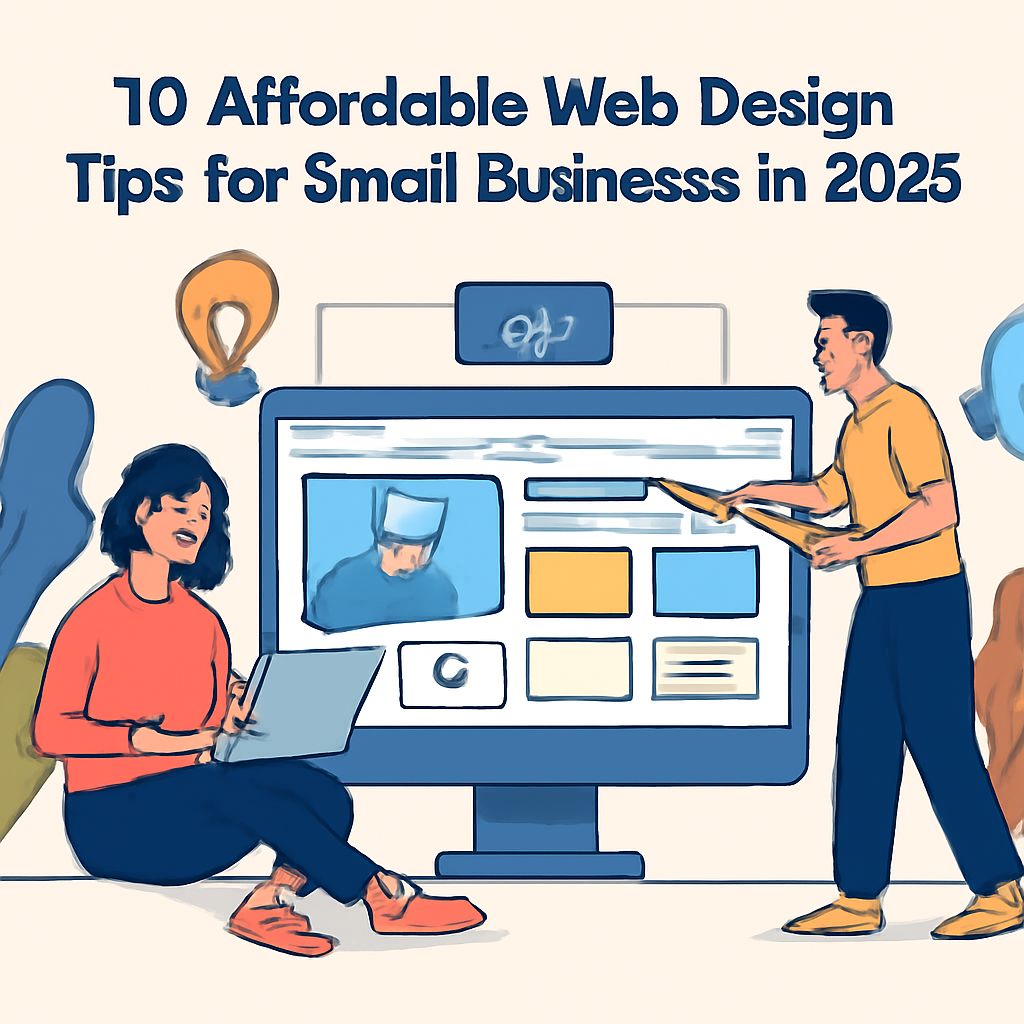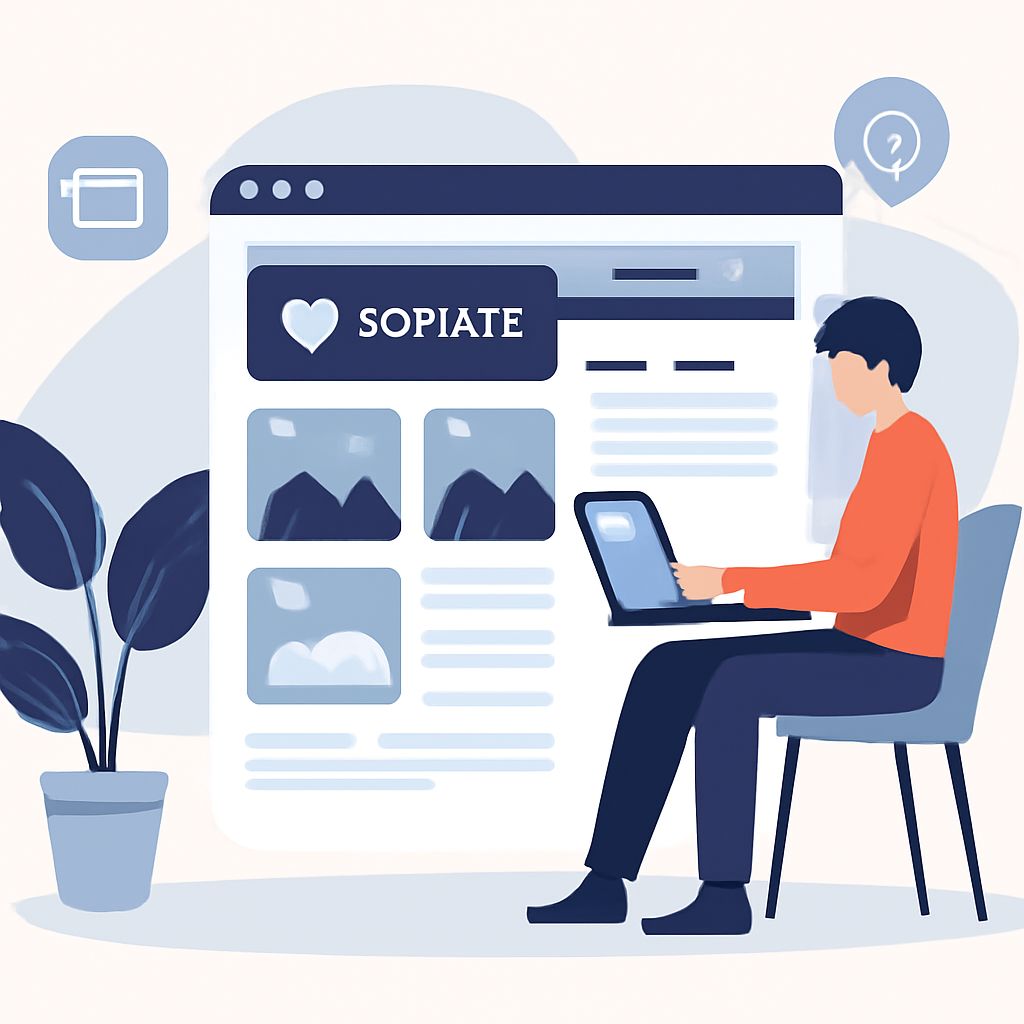Introduction
As we move closer to the year 2025, the digital landscape is poised for significant transformations. Web design not only reflects current aesthetic preferences but also responds to the ever-evolving needs of users and technological advancements. With the rise of artificial intelligence, more robust mobile technologies, and shifting consumer behaviors, web design agencies must stay ahead of the curve to deliver innovative and effective solutions for their clients. In this article, we’ll explore the top trends in web design that agencies should watch for in 2025.
1. Artificial Intelligence and Automation
AI has already begun to revolutionize various industries, and web design is no exception. In 2025, we expect to see an even greater integration of artificial intelligence in the design process. From automated graphic design tools to AI-driven user personalization, here are some ways AI will influence web design:
- Automated Design Tools: Platforms that use AI to help designers create layouts and graphics by analyzing successful designs.
- User Behavior Analysis: AI will be able to assess user interactions on a site in real-time, adjusting elements dynamically to improve user experience.
- Chatbots and Customer Service: More sophisticated chatbots that use natural language processing will enhance user engagement and support.
2. Minimalist Design with a Twist
Minimalism has dominated web design for several years, but in 2025, expect to see a twist on this trend. While retaining a clean and uncluttered aesthetic, designs will incorporate unique elements to provide visual interest.
- Bold Typography: Large, distinctive fonts will take center stage, helping to communicate messages clearly without overwhelming viewers.
- Asymmetrical Layouts: Breaking the grid while maintaining balance will create dynamic compositions that intrigue visitors.
- Interactive Elements: Minimalist designs will cleverly incorporate interactive components, such as hover effects and animations, to engage users.
3. Dark Mode and Color Schemes
Dark mode has gained popularity in recent years, and by 2025, it is expected to become a standard feature in many web designs. This trend is not only aesthetically pleasing but also enhances user experience, especially in low-light environments.
In addition to dark mode, color schemes will become more innovative:
- Gradients and Duotones: The use of gradients will evolve, with more websites embracing duotone color schemes that add depth and dimension.
- Color Psychology: Designers will increasingly leverage color psychology to evoke specific emotions and drive user actions.
4. Voice User Interface (VUI) Integration
As voice search continues to rise, web design will have to accommodate this change by integrating voice user interfaces (VUI). By 2025, users will expect to navigate websites and interact with content through voice commands.
Implications for Design:
- Focus on Accessibility: Designing for VUI ensures that websites are accessible to a broader audience, including those with disabilities.
- Content Structure: Web content will need to be structured in a way that facilitates voice search, emphasizing natural language and conversational tones.
5. Immersive Experiences with AR and VR
Augmented reality (AR) and virtual reality (VR) are set to revolutionize how users interact with websites. Expect to see more immersive experiences that blend the physical and digital worlds.
Examples of AR and VR in Web Design:
- Virtual Showrooms: Retailers can create virtual environments where users can explore products in a 3D space.
- Interactive Tutorials: Websites will incorporate AR-based guides to assist users in navigating complex products or services.
6. Sustainability and Eco-Friendly Design
Awareness of environmental issues is shaping consumer preferences. By 2025, sustainability will become a critical aspect of web design. This means creating websites that not only look good but also promote eco-friendliness.
Strategies for Sustainable Web Design:
- Energy-Efficient Hosting: Choosing eco-friendly hosting providers that use renewable energy sources.
- Optimized Performance: Designing lightweight websites that load quickly, reducing energy consumption.
- Content Delivery Networks: Utilizing CDNs to minimize the distance data travels, thus saving energy.
7. Mobile-First and Responsive Design
With the majority of users accessing websites via mobile devices, mobile-first design will continue to dominate web strategy. By 2025, responsiveness will be a baseline expectation, not a luxury.
Key Features of Mobile-First Design:
- Touch-Friendly Interfaces: Designs will prioritize touch controls and interaction patterns that cater to mobile users.
- Adaptive Content: Content will dynamically adjust based on screen size to ensure optimal readability and engagement.
8. Enhanced Personalization
Personalization is no longer a trend but rather a necessity. By 2025, web design will increasingly focus on creating customized experiences for users based on their preferences and behaviors.
Methods to Achieve Personalization:
- User Profiles: Allow users to create accounts that save preferences for tailored experiences.
- Dynamic Content: Utilize algorithms that change what users see based on their past interactions with the site.
Conclusion
The web design landscape is evolving rapidly, with exciting trends on the horizon for 2025. Embracing artificial intelligence, immersive experiences, and a strong focus on sustainability will be vital for design agencies aiming to stay relevant. By incorporating these trends, agencies can create innovative, user-centric websites that not only meet current demands but also anticipate future needs. As technology advances, those who adapt and innovate will lead the way in the digital era.
FAQ
What are the top web design trends for 2025?
Some of the top web design trends for 2025 include minimalistic design, immersive 3D elements, dark mode preferences, and enhanced user experience through AI-driven interfaces.
How will artificial intelligence impact web design in 2025?
In 2025, artificial intelligence is expected to revolutionize web design by personalizing user experiences, automating design processes, and improving accessibility features.
What role does mobile-first design play in upcoming web design trends?
Mobile-first design will continue to be crucial in 2025, as more users access websites via mobile devices, necessitating responsive and user-friendly layouts.
Are sustainability and eco-friendly design becoming important in web design?
Yes, sustainability and eco-friendly design are increasingly important in 2025, with designers focusing on energy-efficient hosting and sustainable design practices.
How can businesses prepare for the web design trends of 2025?
Businesses can prepare by staying updated on design innovations, investing in training for their design teams, and prioritizing user experience and accessibility in their web strategies.
What technologies will shape web design in 2025?
Emerging technologies such as augmented reality, voice user interfaces, and enhanced browser capabilities are expected to shape web design significantly in 2025.




